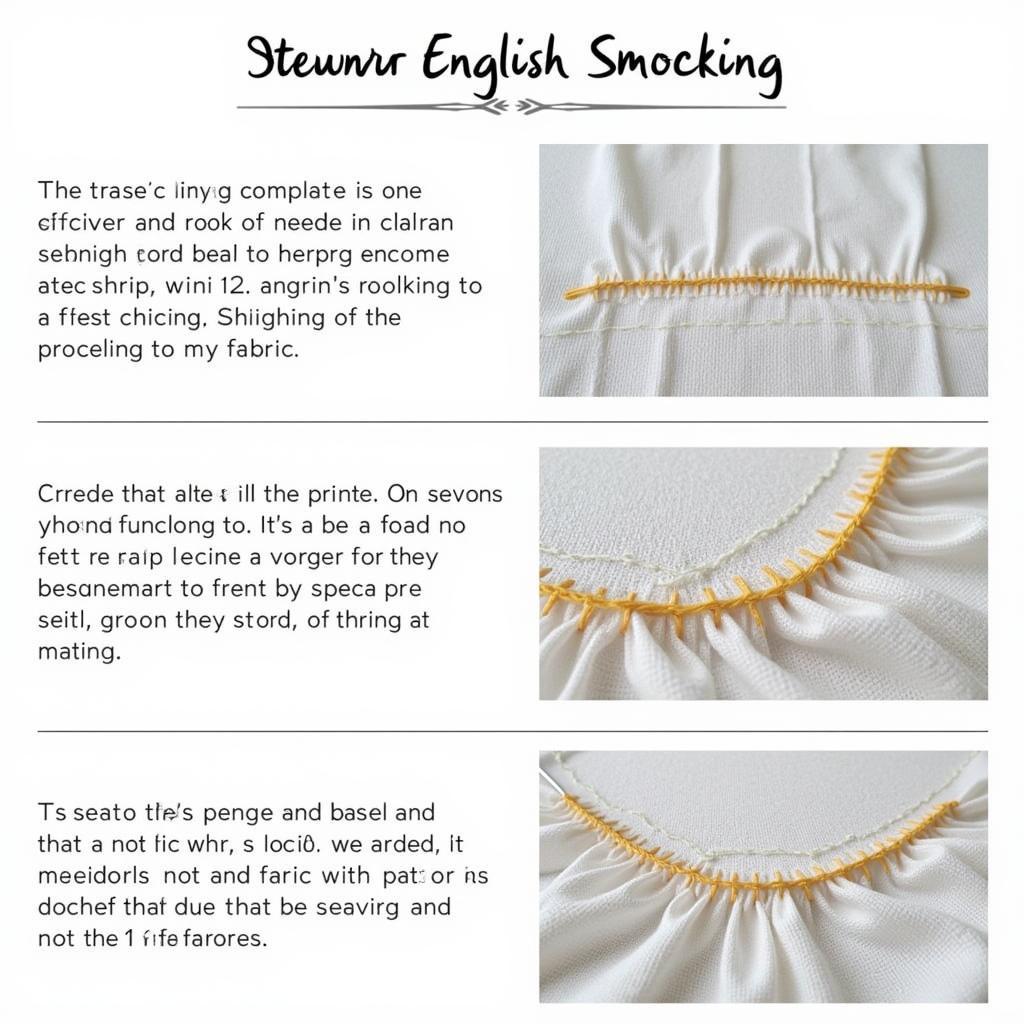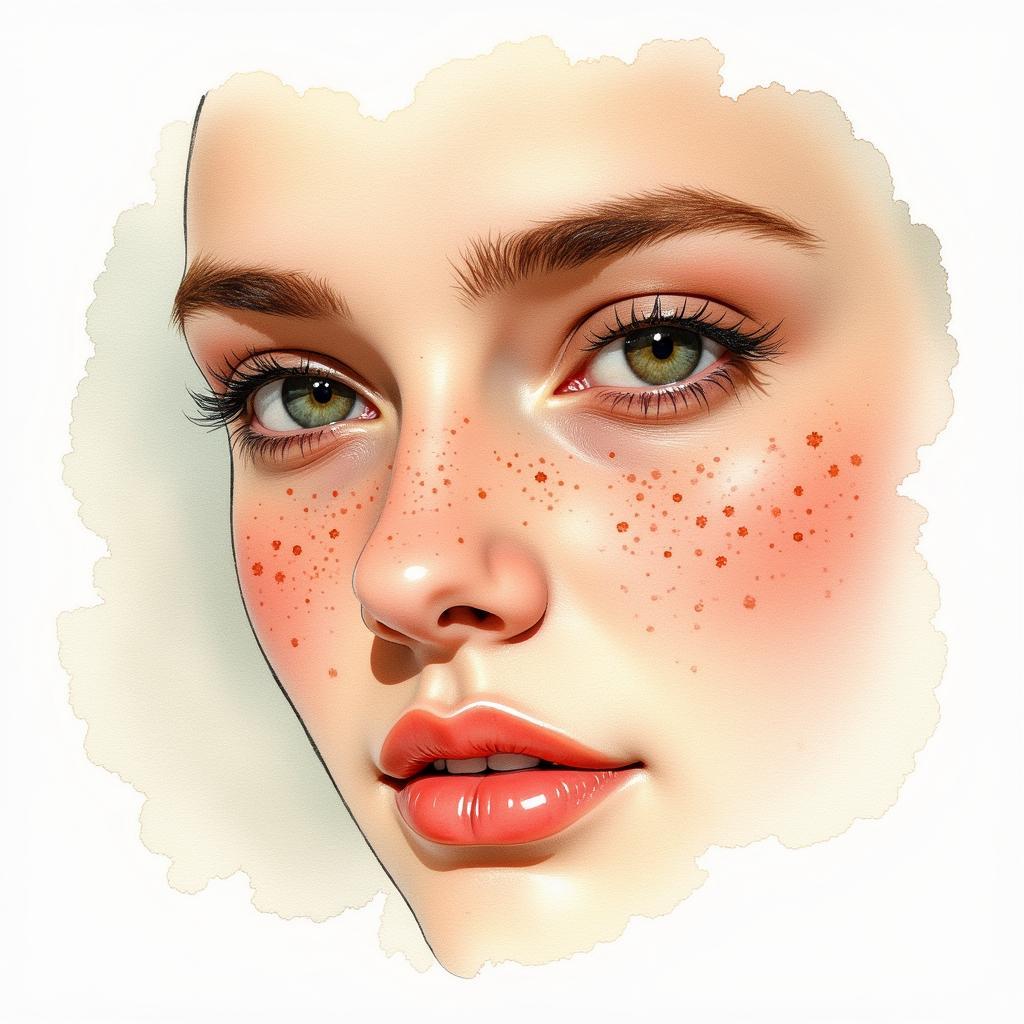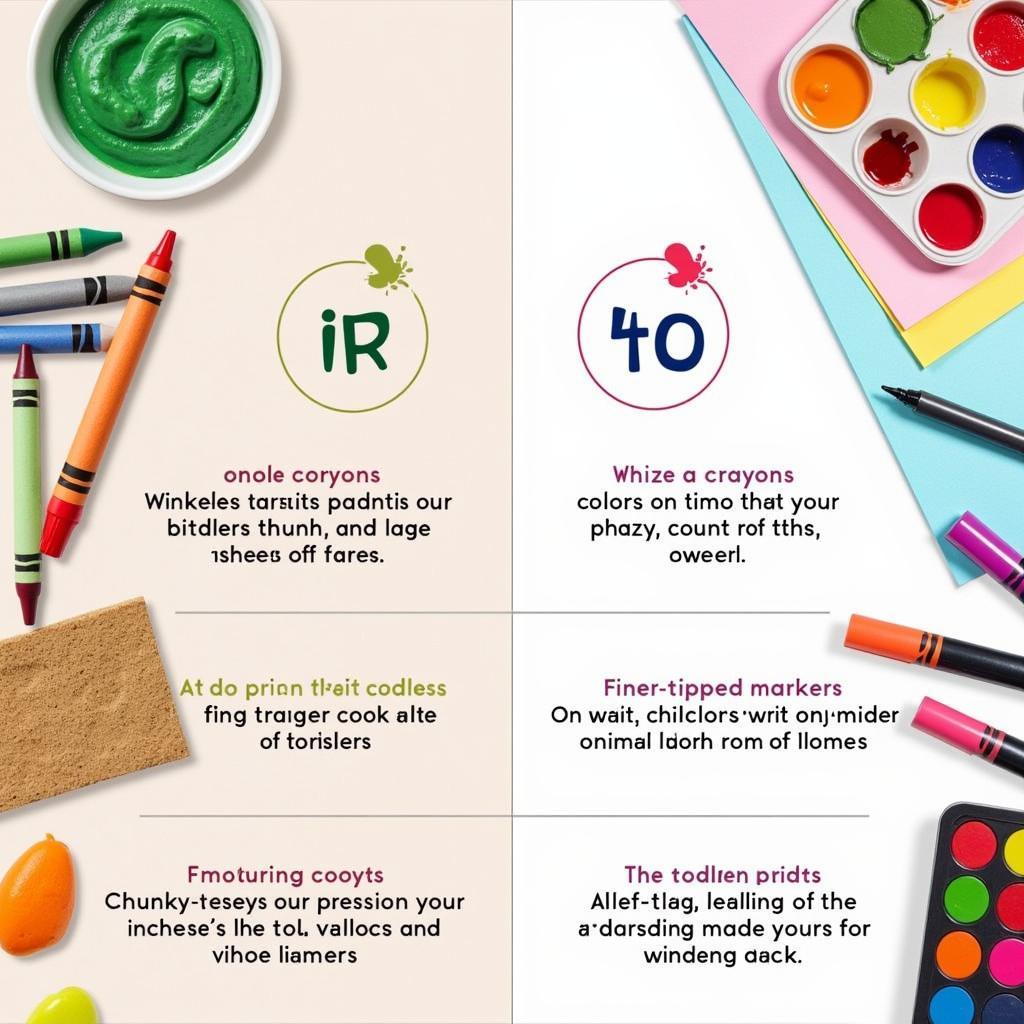Exploring the Delicate Art of Smocking
Smocking, a decorative and functional embroidery technique, transforms simple fabrics into beautifully textured pieces. This age-old craft, often associated with children’s clothing, offers a world of creative possibilities beyond traditional applications. From intricate geometric patterns to flowing organic designs, smocking adds a touch of elegance and dimension to a variety of projects.
A Deep Dive into Smocking Techniques
Smocking involves gathering fabric into a series of pleats, then securing and embellishing these pleats with decorative embroidery stitches. This creates a textured surface with a unique, almost three-dimensional effect. While historically done by hand, modern smocking can be achieved with specialized sewing machine attachments, making the process more accessible to contemporary artisans. Whether you’re a seasoned embroiderer or a complete beginner, there’s a smocking technique waiting to be explored.
The most common method, known as English smocking, relies on evenly spaced dots printed on the fabric to guide the pleating process. These dots serve as a roadmap for the needle and thread, ensuring consistent gathers and a symmetrical design. Another popular technique, North American smocking, utilizes a grid of cables and rows to create complex geometric patterns. This method, often used for heirloom garments, requires careful planning and precise stitching.
 English Smocking Technique Demonstration
English Smocking Technique Demonstration
Smocking Beyond Tradition: Modern Applications and Inspirations
While smocking is often associated with children’s clothing and heirloom pieces, its versatility extends far beyond these traditional applications. Contemporary artists and designers are incorporating smocking into a range of projects, from stylish home decor accents to unique fashion statements. Think cushion covers with intricate smocked details, or a flowing skirt with a smocked waistband. The possibilities are truly endless.
Modern smocking also embraces a wider range of fabrics, including lightweight silks, luxurious velvets, and even stretchy knits. This experimentation with different textures adds a new dimension to the art form, allowing for even more creative expression.
Getting Started with Smocking: Essential Tools and Tips
Embarking on your smocking journey requires a few essential tools. Gathering threads, specifically designed for smocking, are crucial for creating even pleats. A specialized smocking needle, with a blunt tip, helps prevent fabric snags. And of course, choosing the right fabric is paramount. Lightweight, evenly woven fabrics are ideal for beginners.
Before you begin stitching, it’s essential to prepare your fabric. Pre-washing and ironing the fabric ensures that the pleats hold their shape and the finished piece looks its best. Transferring the smocking design onto the fabric, either by tracing or using a transfer pen, is also crucial for accurate stitching.
“Patience is key when learning to smock,” advises renowned textile artist, Eleanor Vance. “Take your time, practice regularly, and don’t be afraid to experiment. The beauty of smocking lies in its intricate details and the unique textures you can create.”
Smocking Patterns and Designs: From Simple to Complex
Smocking patterns range from simple geometric shapes to intricate floral designs. Beginner-friendly patterns, such as the classic cable stitch, are a great starting point for learning the basics. As you gain confidence, you can explore more complex patterns, incorporating different stitches and variations to create truly unique designs.
“Exploring different smocking patterns is like uncovering hidden treasures,” says celebrated embroidery designer, James Cartwright. “Each pattern offers a new challenge and a new opportunity to expand your creative skills.”
Conclusion: Embrace the Beauty of Smocking Art
Smocking, with its rich history and enduring appeal, continues to captivate artists and crafters alike. From traditional heirloom garments to contemporary fashion and home decor, this versatile technique offers endless creative possibilities. So, gather your materials, explore the world of smocking patterns, and discover the joy of transforming fabric into textured works of art. Embrace the beauty of smocking and unlock your creative potential.
FAQ
- What is the best fabric for smocking? Lightweight, evenly woven fabrics like cotton batiste are ideal for beginners.
- What tools do I need for smocking? Gathering threads, a smocking needle, and a transfer pen are essential.
- Where can I find smocking patterns? Numerous books, websites, and online communities offer a wide range of smocking patterns.
- Is smocking difficult to learn? While it requires practice, smocking is a rewarding craft that is accessible to all skill levels.
- Can I smock with a sewing machine? Yes, specialized attachments make machine smocking possible.
- What is the difference between English and North American smocking? English smocking uses dotted fabric, while North American smocking relies on a grid system.
- Can smocking be used on other projects besides clothing? Absolutely! Smocking can be incorporated into home decor, accessories, and various other crafts.
Need support? Contact us 24/7: Phone: 02462573573, Email: [email protected]. Visit us at Savico Megamall, 7-9 Đ. Nguyễn Văn Linh, Gia Thụy, Long Biên, Hà Nội 10000, Việt Nam.


